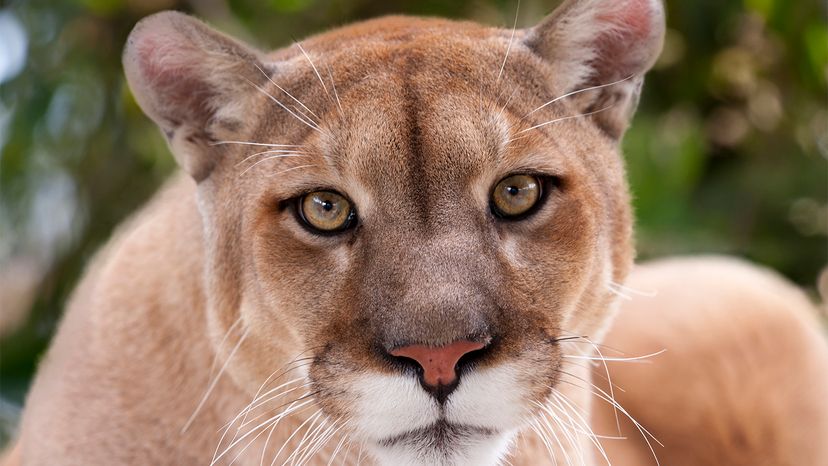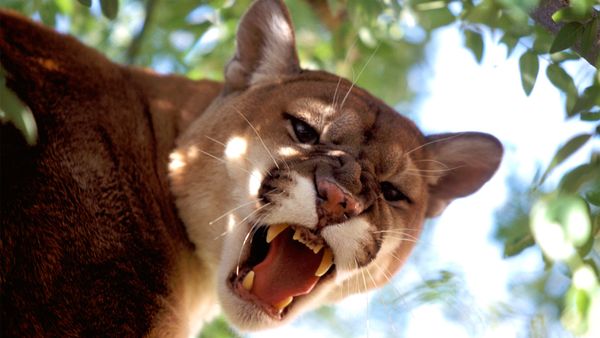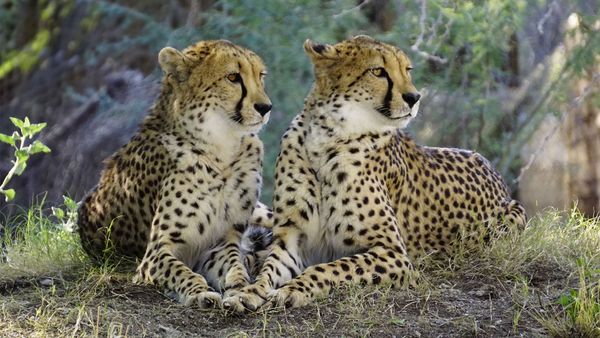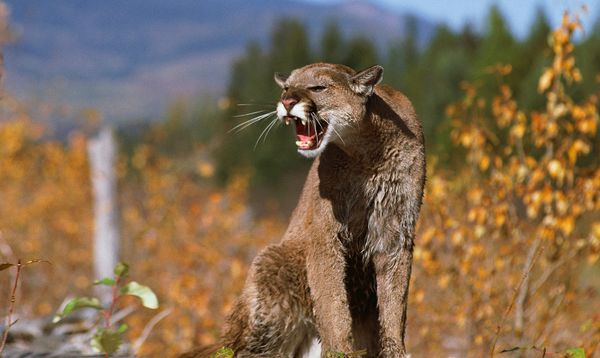
Did you know the cougar holds one of the Guinness World Records for having the most names? Often called "the cat of many names," it's referred to as the puma, panther, mountain cat, mountain lion, mountain screamer, painter and catamount, just to name a few. In fact, the cougar has more monikers than almost any other living mammal, around 40 in English alone. The reason: The name used depends on location, and there are a lot of those to be had.
Due to the cougar's knack for adaptability — think a fast and powerful muscular body, sharp eyesight and keen hearing, as well as the ability to swim, climb trees and jump long distances — this cat can be seen thriving in many varied habitats, from the Southern Andes in South America to the Yukon in Canada, and everywhere from forests to open areas with sparse vegetation. Current mountain lion ranges in the western portion of the U.S., meanwhile, stretch from Texas to the Canadian border, with the only confirmed population in the East found in Florida.
Advertisement
"Many of the different names originated from the local people of their native range," says Dr. Jeremy Goodman, executive director of Roger Williams Park Zoo in Providence, Rhode Island. For example, he explains, the Incas called the animal puma, while the name cougar is a version of the old South American Indian word cuguacuarana (which was shortened to cuguar, and then spelled differently). Panther, meanwhile, is a generic term for any large cat with a solid-colored coat, and mountain lion was probably coined by Spanish explorers who labeled it both leon (lion) and gato monte (cat of the mountain).
No matter what you call the cougar, however, it's still the same cat — Puma concolor (the scientific name was changed from Felis concolor in recent decades) — and it's recognized as the largest of the small cat species.
Advertisement


